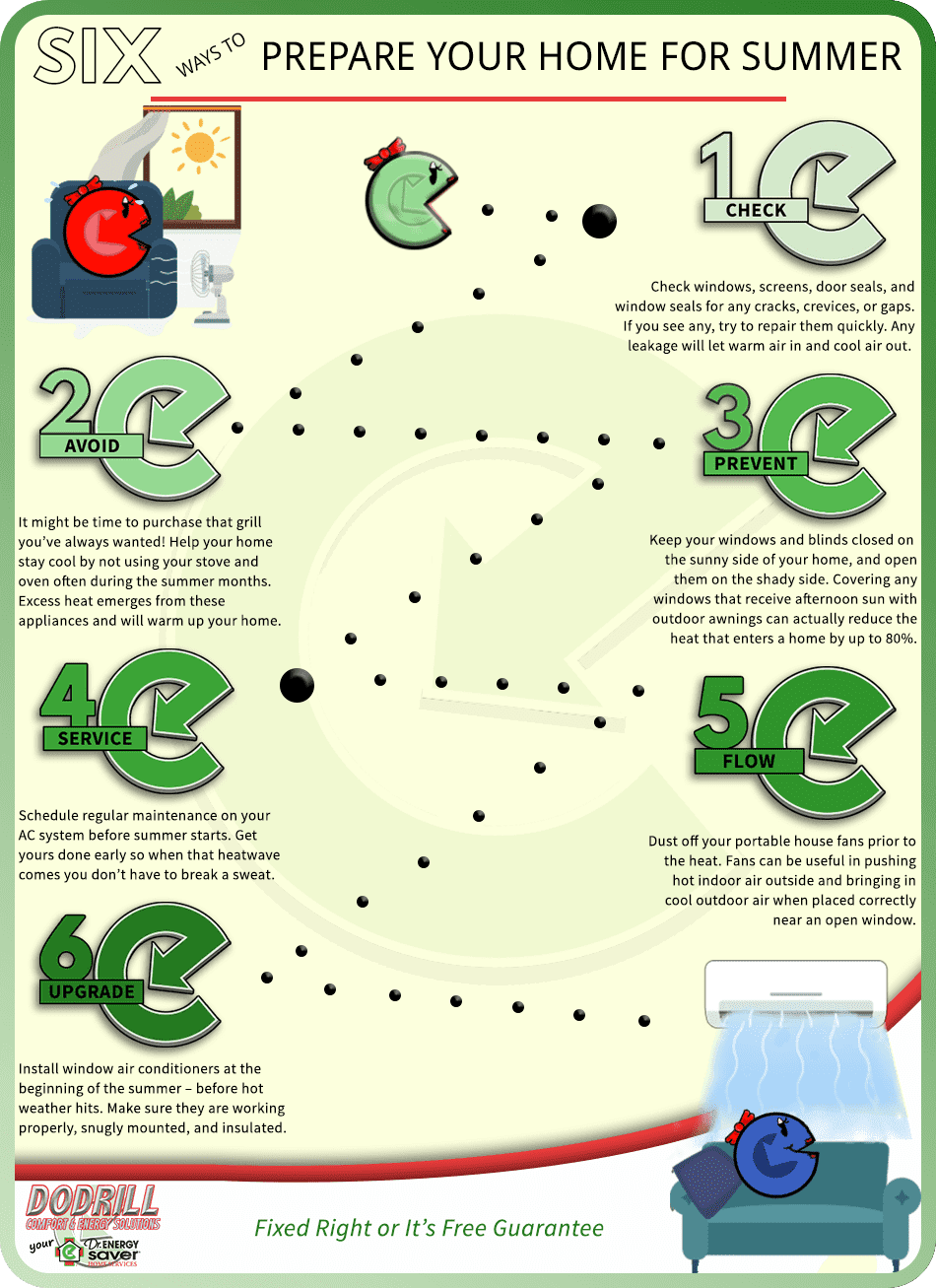The Very Best Pressure Cleaning Strategies For Every Single Surface Area
The Very Best Pressure Cleaning Strategies For Every Single Surface Area
Blog Article
Created By-Hyde Geertsen
When it comes to push cleaning, the technique you pick can make all the distinction in accomplishing a tidy, streak-free surface. You may locate that difficult surfaces, like concrete, need a different approach than softer products, such as timber or vinyl. It's vital to adjust your approaches to the surface type to prevent damages while maximizing cleaning efficiency. So, what are the best methods for every surface, and just how can you guarantee you're utilizing the right setups and tools for the job? Allow's explore what you require to recognize to obtain the best results.
Tough Surface areas
When it comes to push washing tough surface areas, preparation is essential. Before you even consider taking out the stress washing machine, take the time to get rid of the area of any debris, furniture, or obstacles. Read the Full Report don't want anything entering your means or possibly damaging your devices.
Next off, check pressure washing price calculator for any kind of splits or damage; this will help you figure out the appropriate strategy and stress setups.
When you've prepared the area, it's necessary to pick the right nozzle. For tough surfaces like concrete or block, a narrow nozzle (15 or 25 degrees) works best to supply a focused stream of water that can efficiently get rid of gunk and discolorations. Constantly begin at a distance and gradually relocate more detailed to prevent any surface damage.
As you begin cleaning, maintain the wand relocating to stop touches and over-saturation. It's likewise helpful to work from the top down, enabling dust and particles to wash away normally.
Lastly, keep in mind to rinse the surface thoroughly after cleaning to eliminate any leftover cleaning agent. With these techniques, you'll achieve a tidy and rejuvenated look on all your tough surface areas.
Soft Surfaces
Stress cleaning soft surface areas requires a gentler approach to protect them from damages. Whether you're cleaning your deck, patio area furniture, or exterior siding, utilizing way too much stress can bring about damages, scrapes, or even permanent damage.
Begin by selecting a low-pressure nozzle, preferably a 25-degree or bigger spray pattern, to disperse the water a lot more carefully.
Before you start, it's essential to pre-treat any kind of discolorations with a suitable cleansing solution. This step permits the cleaner to permeate the dust and crud, making it easier to remove without scrubbing too hard.
Always apply the option from the bottom up to avoid spotting.
When you start stress cleaning, preserve a distance of a minimum of 12 to 18 inches from the surface. Relocate click here to find out more in a sweeping motion, maintaining it parallel to the surface area to avoid focused pressure on one area.
Wash the area thoroughly after cleansing to eliminate any type of recurring cleaner.
Lastly, check the surface area for any type of missed areas and duplicate the process if required. By complying with these steps, you can efficiently clean soft surface areas while protecting their stability and appearance.
Specialized Surfaces
Cleaning soft surface areas calls for care, however specialty surface areas demand much more attention to information. When you deal with these surfaces, like fragile wood, tarnished concrete, or particular kinds of house siding, making use of the right pressure washing methods is crucial to stay clear of damage.
Initially, assess the material. For instance, treated timber can typically withstand modest stress, but softer timbers like cedar may require a reduced setting. Always begin with the most affordable pressure and progressively increase if needed.
For stained concrete, use a follower spray nozzle and maintain a constant distance to avoid engraving the surface.
When managing surface areas like vinyl house siding or painted surface areas, a wide spray pattern aids distribute the pressure evenly, shielding the surface.
It's also wise to make use of detergents specifically developed for specialized surfaces. They can improve cleansing without jeopardizing the material.
Rinse extensively after cleaning to remove any type of deposit, as it can bring about discoloration or degeneration over time.
Conclusion
Finally, grasping pressure washing strategies for various surfaces can make all the distinction in your cleansing results. For tough surfaces, stay with narrow nozzles and a top-to-bottom method, while soft surface areas need a gentler touch with broader nozzles. Do not neglect to pre-treat spots and rinse completely to prevent deposit. By adapting your methods to every material, you'll not just attain a cleaner coating yet additionally safeguard the integrity of your surface areas. Satisfied cleaning!
